Southern CA-Focused Kappe Reading List Widens Perspective on Region’s History
During the fall 2022 term, SCI-Arc’s Kappe Library adjusted the focus of its Diversifying the Discourse project to the communities, cultures, and histories close to home. These new books expand and update the library’s holdings on LA, Southern California, and the West.
The wide breadth of titles included in this month’s Kappe Library Reading List span from a breathtaking free fall into the long-buried (and fictional) history of a utopian era in American lighter-than-air travel as told by its death-defying, aero-acrobatic heroes, to delving into how one ethnic neighborhood came to signify a shared Korean American identity; from Anton Wagner’s groundbreaking 1935 book that launched the study of Los Angeles as an urban metropolis, and the little-known tale of screenwriter Salka Viertel, whose salons in 1930s and 40s Hollywood created a refuge for a multitude of famous figures escaping the horrors of World War II, to an examination of how African Americans pioneered America’s “frontier of leisure” by creating communities and business projects in conjunction with their growing population in Southern California during the nation’s Jim Crow era.
Each quarter, SCI-Arc releases a reading list, curated by the Kappe Library's Manager Kevin McMahon and Librarian Stefanie Crump, representing a cohesive, interdisciplinary collection of books featuring pertinent themes and authors. The reading lists reflect the overall mission of the Kappe Library to build its collection with representation and inclusivity in mind, but also incongruity, specificity, and relevance to the discourses taking place at SCI-Arc.
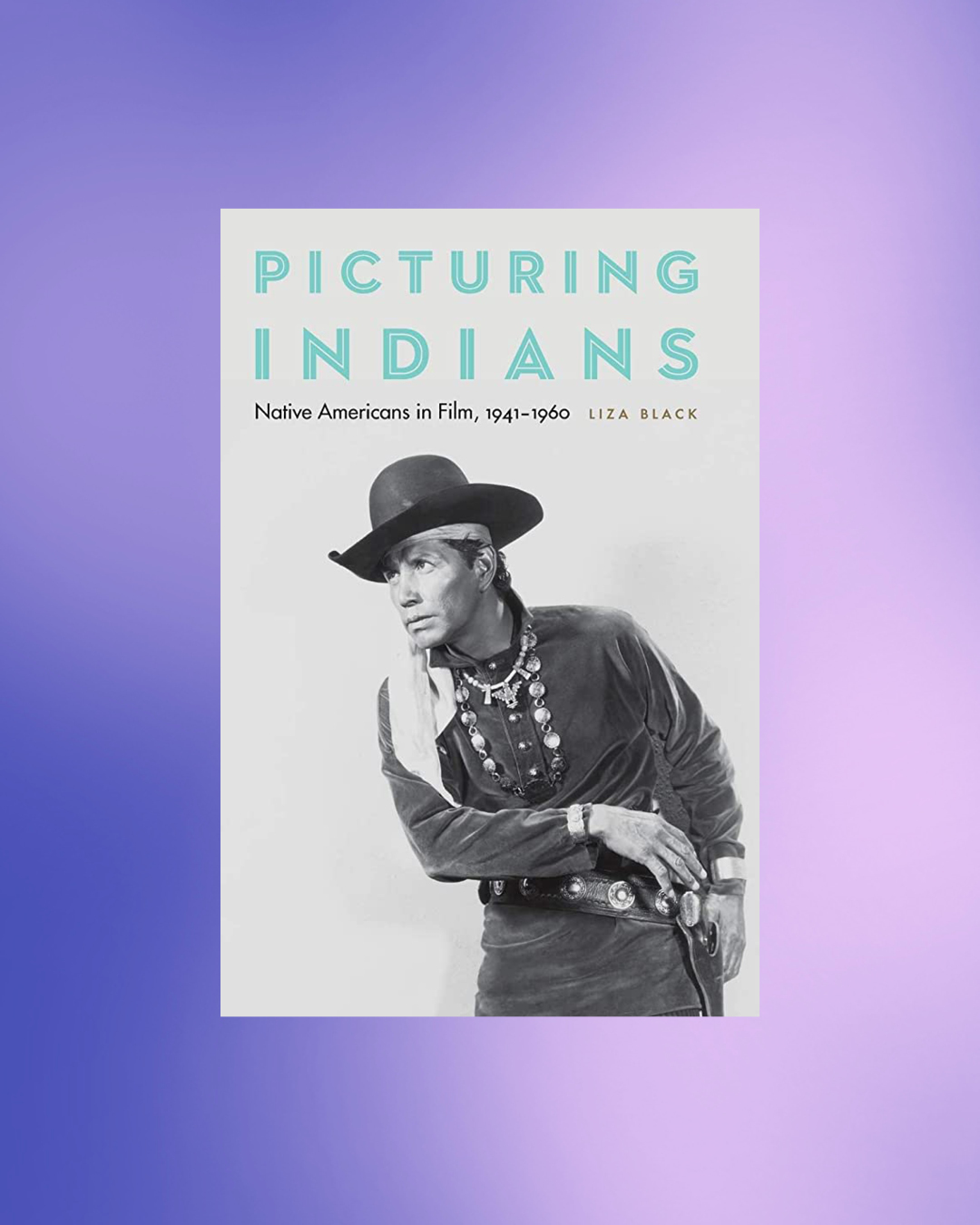
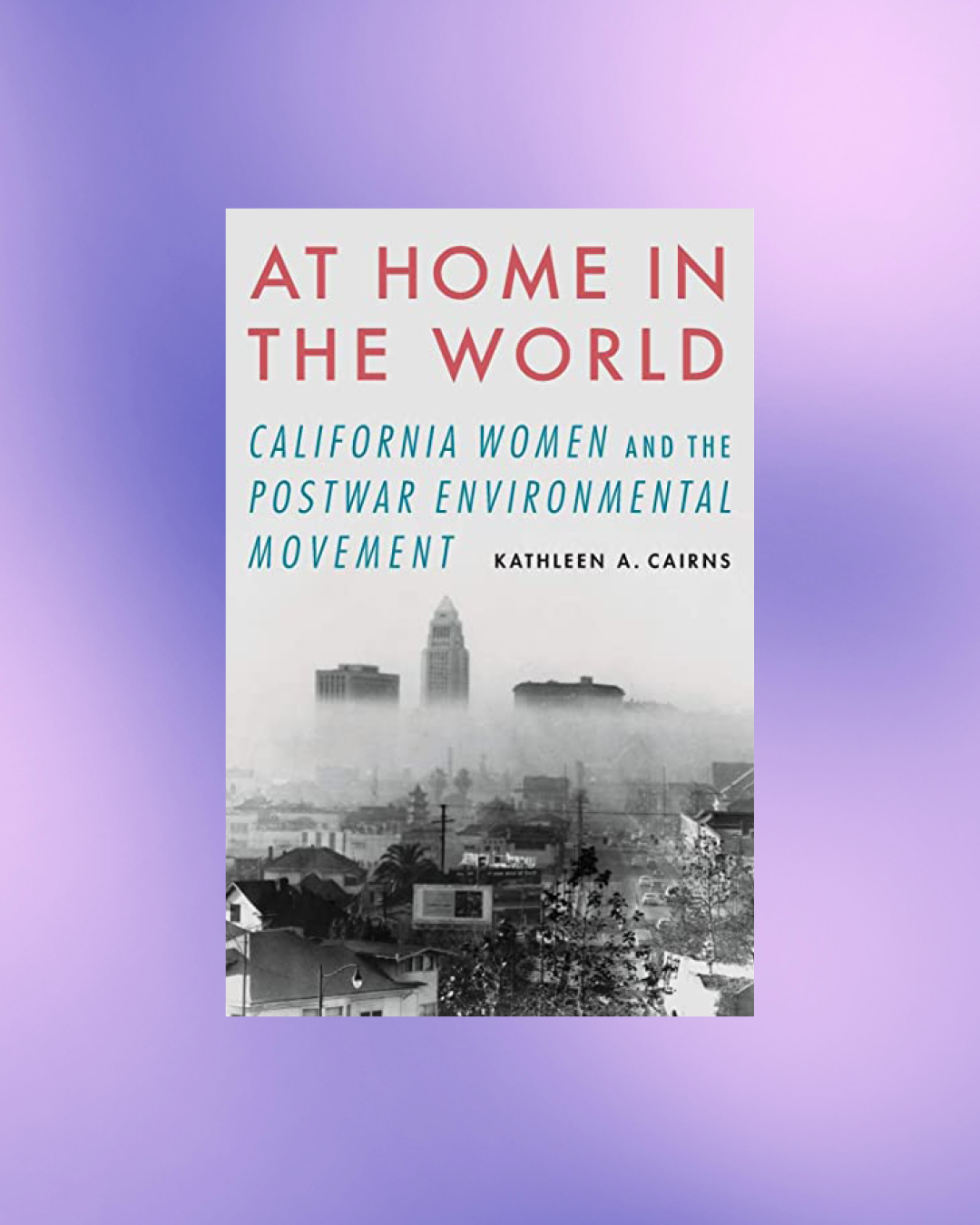
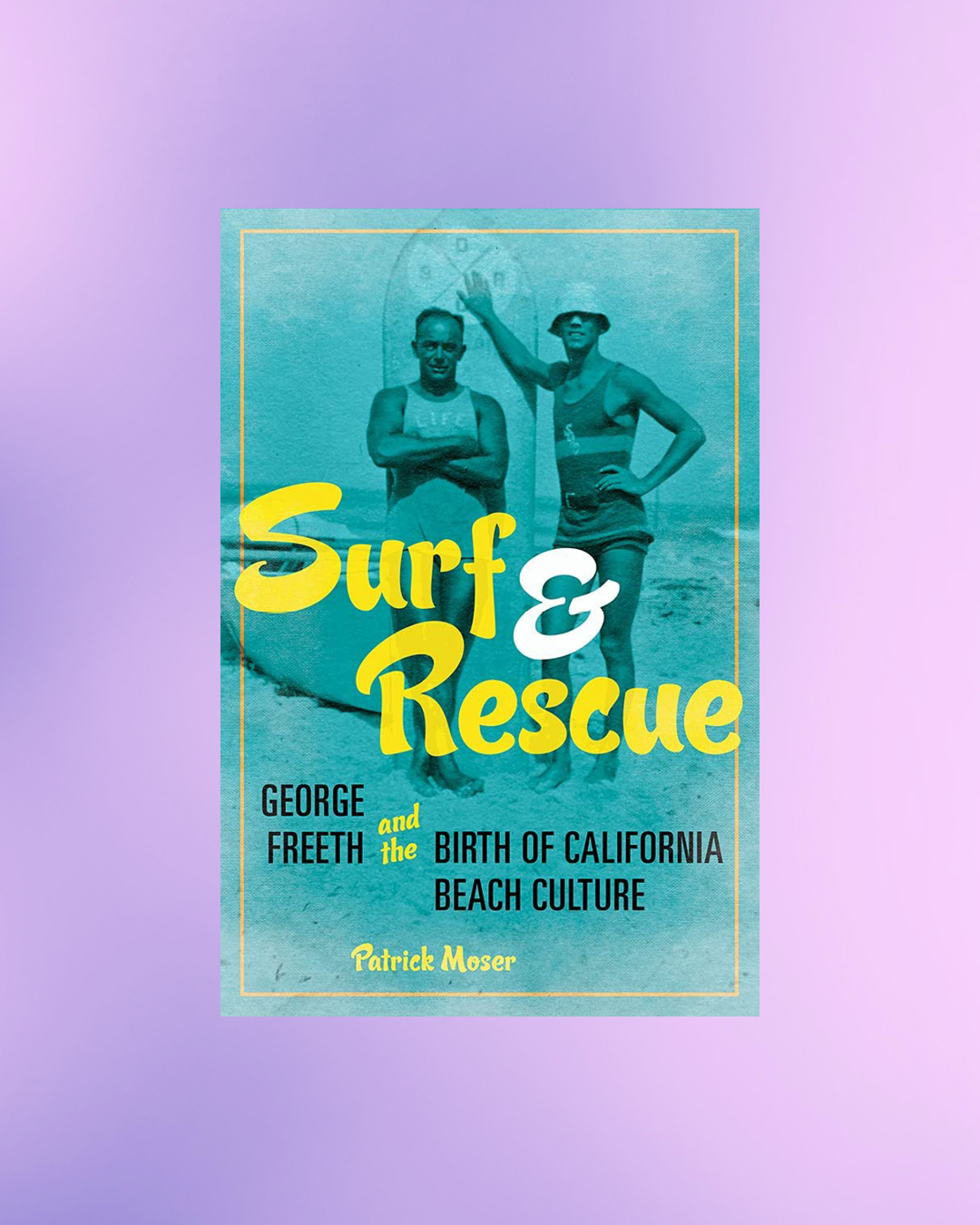
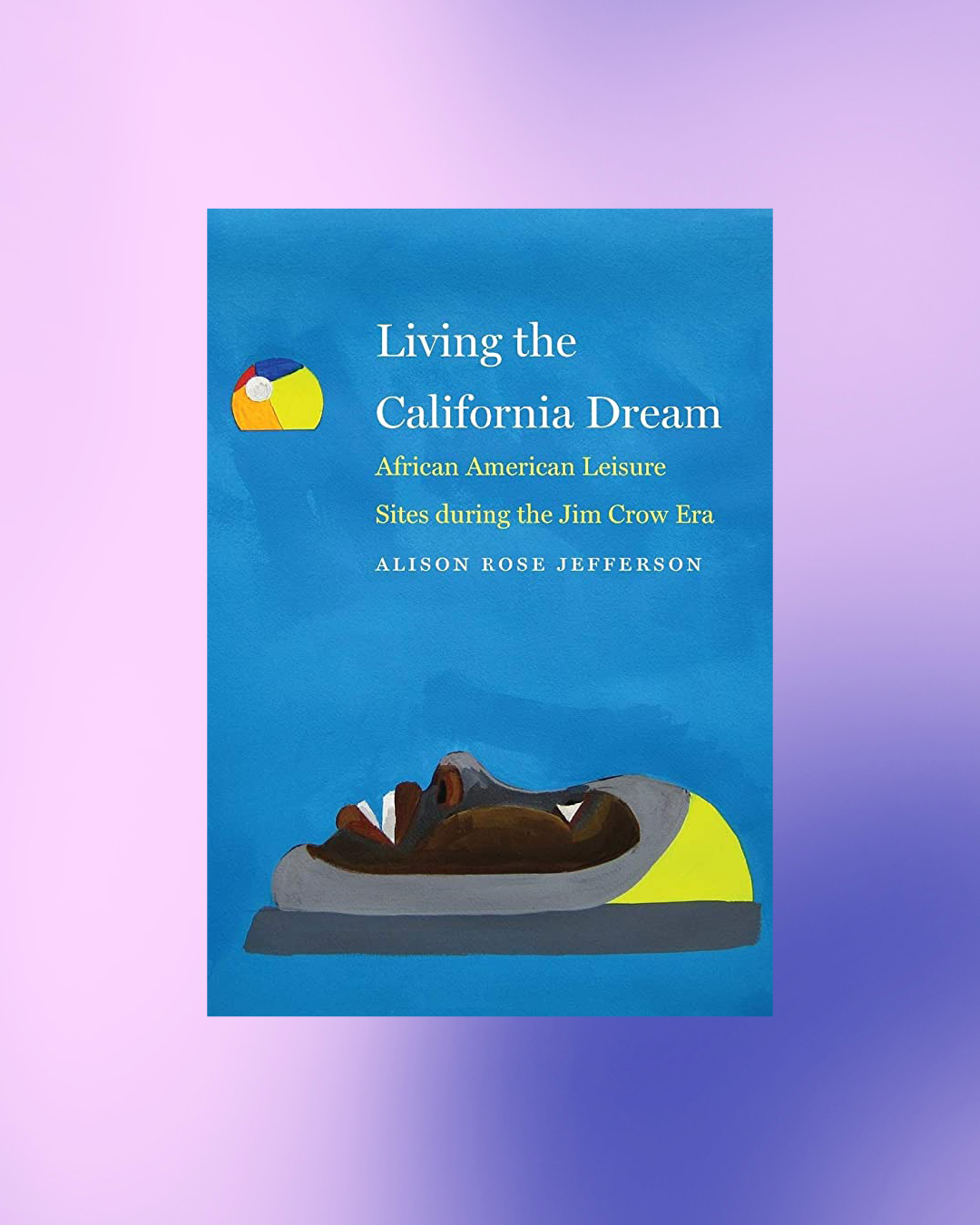
Building Downtown Los Angeles: The Politics of Race and Place in Urban America, Leland T. Saito / 2022 / Stanford University Press
From the 1970s on, Los Angeles was transformed into a center for entertainment, consumption, and commerce for the affluent. Mirroring the urban development trend across the nation, new construction led to the displacement of low-income and working-class racial minorities, as city officials targeted these neighborhoods for demolition in order to spur economic growth and bring in affluent residents. Responding to the displacement, there emerged a coalition of unions, community organizers, and faith-based groups advocating for policy change. In Building Downtown Los Angeles Leland Saito traces these two parallel trends through specific construction projects and the backlash they provoked. He uses these events to theorize the past and present processes of racial formation and the racialization of place, drawing new insights on the relationships between race, place, and policy. Saito brings to bear the importance of historical events on contemporary processes of gentrification and integrates the fluidity of racial categories into his analysis. He explores these forces in action, as buyers and entrepreneurs meet in the real estate marketplace, carrying with them a fraught history of exclusion and vast disparities in wealth among racial groups.
California Dreaming: Movement and Place in the Asian American Imaginary, Christine Bacareza Balance (Editor) / 2020 / University of Hawai'i Press
California Dreaming is a multi-genre collection featuring works by Asian American artists based in California. Exploring the places of “Asian America” through the migration and circulation of the arts, this volume highlights creative processes and the flow of objects to understand the rendering of California’s imaginary. Here, “California” is interpreted as both a specific locale and an identity marker that moves, linking the state’s cultural imaginary, labor, and economy with Asia Pacific, the Americas, and the world. Together, the works in this collection shift previous models and studies of the “Golden State” as the embodiment of “frontier mentality” and the discourse of exceptionality to a translocal, regional, and archipelagic understanding of place and cultural production.
The poems, visual essays, short stories, critical essays, interviews, artist statements, and performance text excerpts featured in this collection expand notions of where knowledge is produced, directing our attention to the particularity of California’s landscape and labor in the production of arts and culture. An interdisciplinary collection, California Dreaming foregrounds “sensing” and “imagining” place, vividly, as it hopes to inspire further creative responses to the notion of emplacement. In doing so, California Dreaming explores the possibilities imagined by and through Asian American arts and culture today, paving the way for what is yet to be.
Dream State: California in the Movies, Mick Lasalle / 2021 / Heyday
It hardly needs to be argued: nothing has contributed more to the mythology of California than the movies. Fed by the film industry, the California dream is instantly recognizable to people everywhere yet remains evasive for nearly everyone, including Californians themselves. That paradox is the subject of longtime San Francisco Chronicle film critic Mick LaSalle’s first book in nine years. The opposite of a dry historical primer, California in the Movies is a freewheeling journey through several dozen big-screen visions of the Golden State, with LaSalle’s unmistakable contrarian humor as the guide. His writing, unerringly perceptive and resistant to cliché, brings clarity to the haze of Hollywood reverie. He leaps effortlessly between genres and generations, moving with ease from Double Indemnity to the first two versions of Invasion of the Body Snatchers to Boyz N the Hood to Booksmart. There are natural disasters, heinous crimes, dubious utopias, dangerous romances, and unforgettable nights. Equally entertaining and unsettling, this book is a bold dissection of the California dream and its hypnotizing effect on the modern world.
ELADATLA: A History of the East Los Angeles Dirigible Air Transport Lines, Sesshu Foster and Arturo Ernesto Romo / 2020 / City Lights Publishers
In the early years of the twentieth century, the use of airships known as dirigibles—some as large as one thousand feet long—was being promulgated in Southern California by a semi-clandestine lighter-than-air movement. Groups like the East LA Balloon Club and the Bessie Coleman Aero Club were hard at work to revolutionize travel, with an aim to literally lift oppressed people out of racism and poverty.
ELADATL tells the story of this little-known period of American air travel in a series of overlapping narratives told by key figures, accompanied by a number of historic photographs and recently discovered artifacts, with appendices provided to fill in the missing links. The story of the rise and fall of this ill-fated airship movement investigates its long-buried history, replete with heroes, villains, and moments of astonishing derring-do and terrifying disaster.
Written and presented as an “actual history of a fictional company,” this surrealist, experimental novel is a tour de force of politicized fantastic fiction, a work of hybrid art-making distilled into a truly original literary form. Developed over a ten-year period of collaborations, community interventions, and staged performances, ELADATL is a furiously hilarious send-up of academic histories, mainstream narratives, and any traditional notions of the time-space continuum.
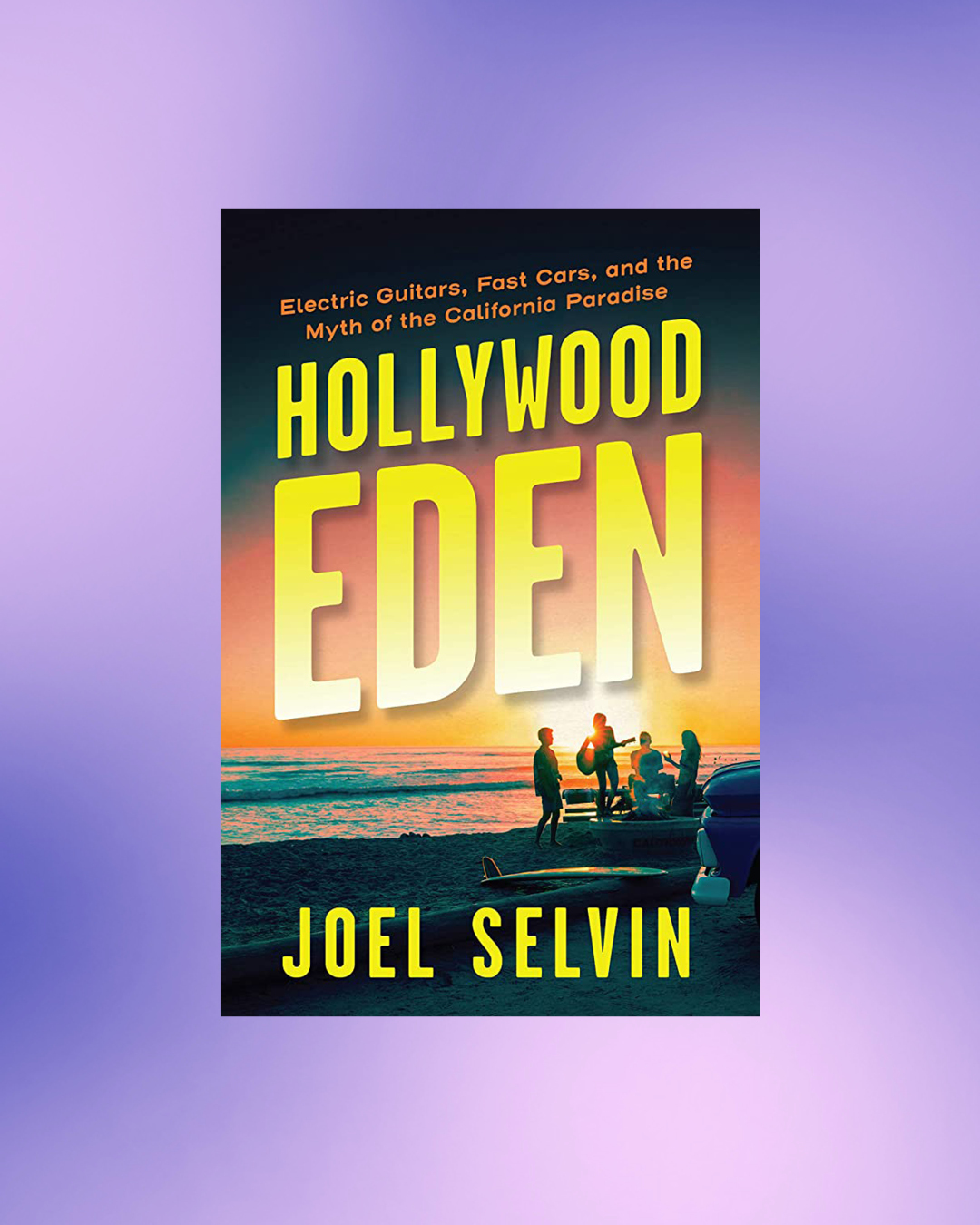
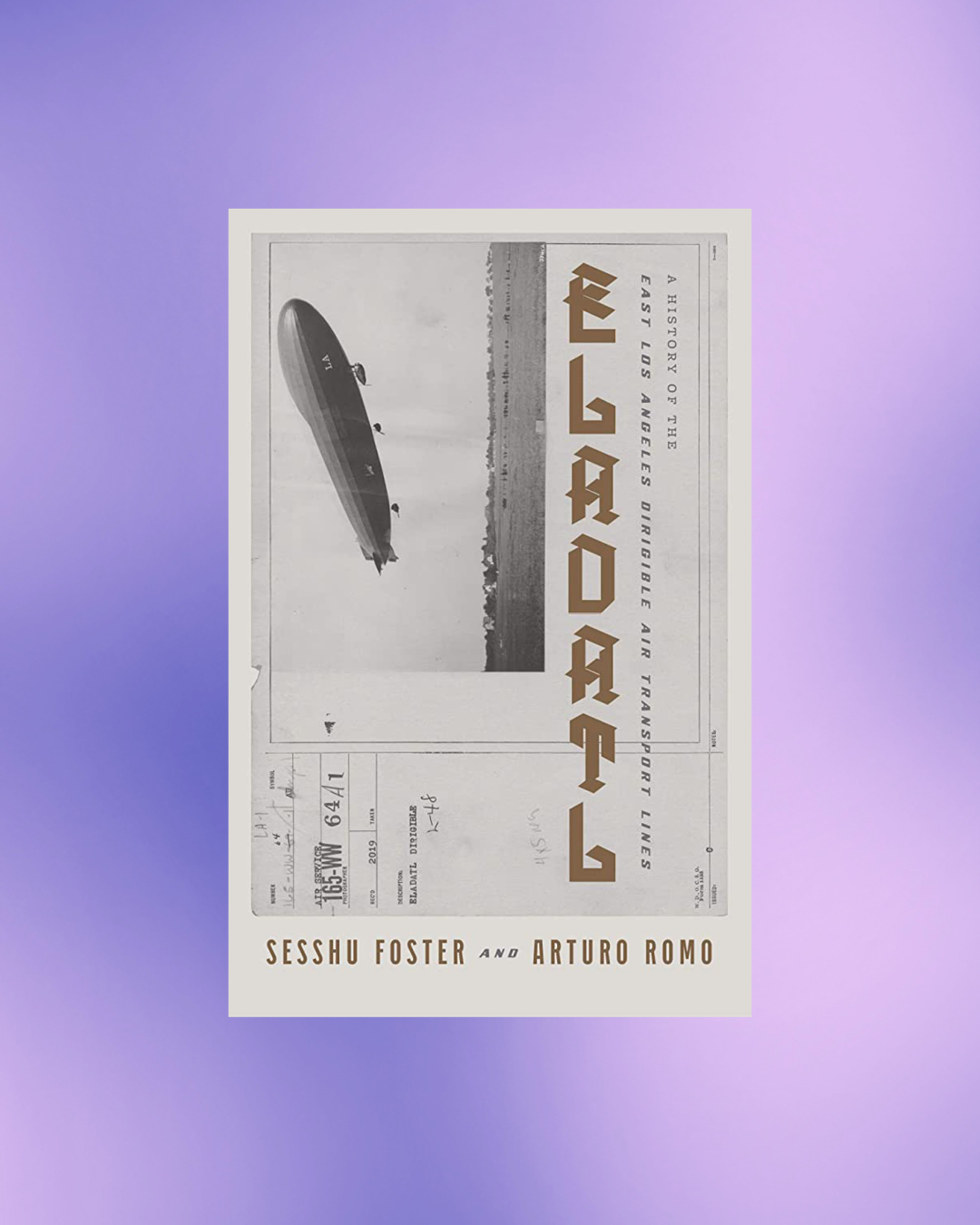
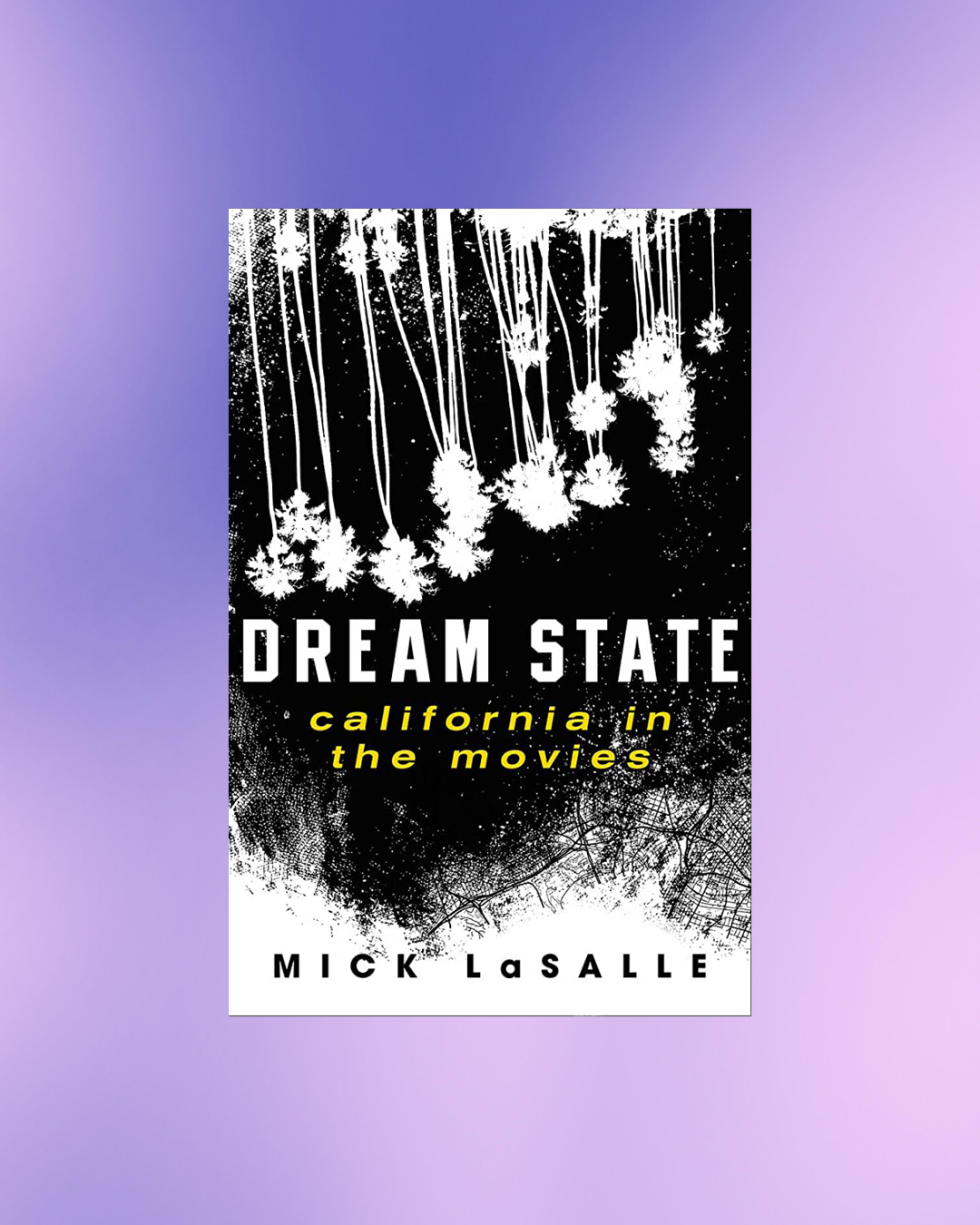
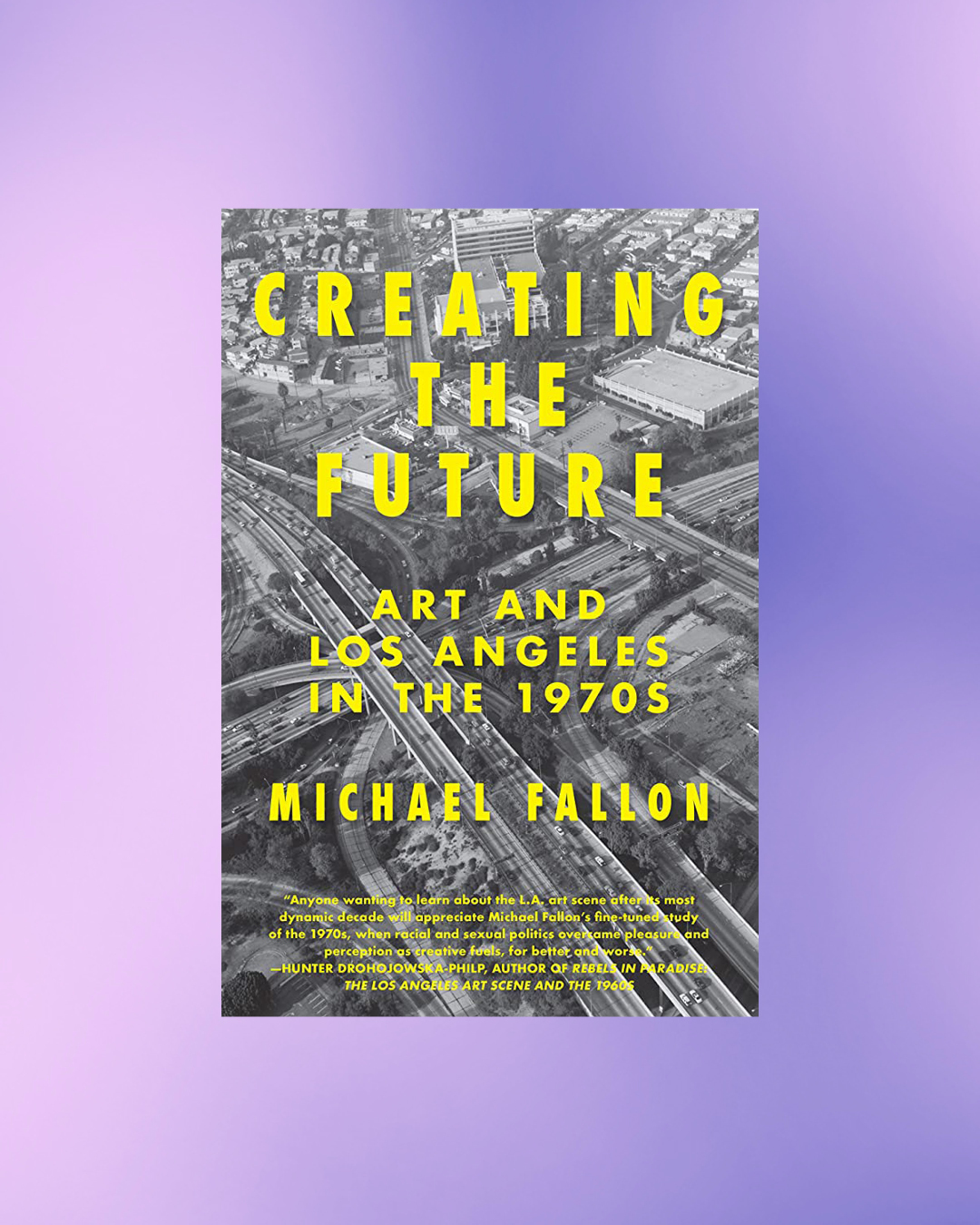
From Pop to the Pit: LAPL Photo Collection Celebrates the Los Angeles Music Scene, 1978-1989, Wendy Horowitz & Christina Rice (Editors) / 2014 / Los Angeles Public Library
Los Angeles has always enjoyed a tremendous amount of diversity, both culturally and geographically. In the 1980s, these varied ethnic and socioeconomic backgrounds combined with the environmental influences of the beach, suburbs, or inner-city created an astoundingly unique and memorable period for popular music with LA at the epicenter. Culled from the Los Angeles Public Library’s Herald Examiner photo archive and the Gary Leonard Collection, LAPL and Photo Friends present a glimpse into a decade that produced scores of hit singles, showcased strikingly diverse genres and generated tremendous excitement. The exhibit From Pop to the Pit: LAPL Photo Collection Celebrates the Los Angeles Music Scene, 1978-1989 and companion catalog relive an extraordinary time in music history with rarely seen images of the bands that helped define the era.
Hollywood Arensberg: Avant-Garde Collecting in Midcentury L.A., Mark Nelson, et al. / 2020 / Getty Publications
During the first half of the twentieth century, Louise and Walter Arensberg not only assembled one of the world’s preeminent art collections but also carved out a unique place in the history of collecting. No one before them had made such audacious connections between modern painting, Renaissance literature, and pre-Columbian sculpture; and few (if any) used collecting more forcefully as a medium for artistic creation and intellectual exploration.
The Arensbergs’ collection first took shape in their Manhattan apartment, where—in the wake of the Armory Show of 1913—they gave Marcel Duchamp his first American home and presided over the salon that brought Dada to New York. The collection expanded rapidly after their move to Los Angeles in 1921, particularly after they purchased 7065 Hillside Avenue and turned it into a domestic museum and research institute. For the next three decades, the Arensbergs put the European avant-garde, the English Renaissance, and Mesoamerican civilizations into dialogue in dense and playful displays whose visual patterns and hidden meanings shocked and inspired visitors—including some of the period’s leading artists, writers, and curators.
When Louise and Walter died in 1953 and 1954, their art, library, and personal papers were divided between the Philadelphia Museum of Art and California’s Francis Bacon Library (now housed at the Huntington). This book uses photographic and archival records—never before assembled or examined in full—to reconstruct and reinterpret the couple’s collection when it was still under one extraordinary roof in the heart of Hollywood’s burgeoning artistic scene. Bringing together historic images, some seen here for the first time, Hollywood Arensberg takes us on a wall-by-wall tour of the rooms where Marcel Duchamp and Sir Francis Bacon played secret games of chess on Aztec calendar stones.
Hollywood Eden: Electric Guitars, Fast Cars, and the Myth of the California Paradise, Joel Selvin / 2021 / Anansi
Central to the story is a group of sun-kissed teens from the University High School class of 1959 ― a class that included Jan & Dean, Nancy Sinatra, and future members of the Beach Boys ― who came of age in Los Angeles at the dawn of a new golden era when anything seemed possible. These were the people who invented the idea of modern California for the rest of the world.
But their own private struggles belied the paradise portrayed in their music. What began as a light-hearted frolic under sunny skies ended up crashing down to earth just a few short but action-packed years later as, one by one, each met their destinies head-on. A rock ’n’ roll opera loaded with violence, deceit, intrigue, low comedy, and high drama, Hollywood Eden tells the story of a group of young artists and musicians who bumped heads, crashed cars, and ultimately flew too close to the sun.
Koreatown, Los Angeles: Immigration, Race and the American Dream, Shelley Sang-Hee Lee / 2022 / Stanford University Press
At the turn of the twenty-first century, Los Angeles County's Korean population stood at about 186,000—the largest concentration of Koreans outside of Asia. Most of this growth took place following the passage of the Hart-Celler Act of 1965, which dramatically altered US immigration policy and ushered in a new era of mass immigration, particularly from Asia and Latin America. By the 1970s, Korean immigrants were seeking to turn the area around Olympic Boulevard near downtown Los Angeles into a full-fledged "Koreatown," and over the following decades, they continued to build a community in LA. As Korean immigrants seized the opportunity to purchase inexpensive commercial and residential property and transformed the area to serve their community's needs, other minority communities in nearby South LA—notably Black and Latino working-class communities—faced increasing segregation, urban poverty, and displacement. Beginning with the early development of LA's Koreatown and culminating with the 1992 Los Angeles riots and their aftermath, Shelley Sang-Hee Lee demonstrates how Korean Americans' lives were shaped by patterns of racial segregation and urban poverty, and legacies of anti-Asian racism and orientalism. Koreatown, Los Angeles tells the story of an American ethnic community often equated with socioeconomic achievement and assimilation, but whose experiences as racial minorities and immigrant outsiders illuminate key economic and cultural developments in the United States since 1965. Lee argues that building Koreatown was an urgent objective for Korean immigrants and US-born Koreans eager to carve out a spatial niche within Los Angeles to serve as an economic and social anchor for their growing community. More than a dot on a map, Koreatown holds profound emotional significance for Korean immigrants across the nation as a symbol of their shared bonds and place in American society.
Living the California Dream: African American Leisure Sites During the Jim Crow Era, Alison Rose Jefferson / 2020 / University of Nebraska Press
As Southern California was reimagining leisure and positioning it at the center of the American Dream, African American Californians were working to make that leisure an open, inclusive reality. By occupying recreational sites and public spaces, African Americans challenged racial hierarchies and marked a space of Black identity on the regional landscape and social space.
In Living the California Dream Alison Rose Jefferson examines how African Americans pioneered America’s “frontier of leisure” by creating communities and business projects in conjunction with their growing population in Southern California during the nation’s Jim Crow era. By presenting stories of Southern California African American oceanfront and inland leisure destinations that flourished from 1910 to the 1960s, Jefferson illustrates how these places helped create leisure production, purposes, and societal encounters.
Black communal practices and economic development around leisure helped define the practice and meaning of leisure for the region and the nation, confronted the emergent power politics of recreational space, and set the stage for the sites as places for remembrance of invention and public contest. Living the California Dream presents the overlooked local stories that are foundational to the national narrative of mass movement to open recreational accommodations to all Americans and to the long freedom rights struggle.
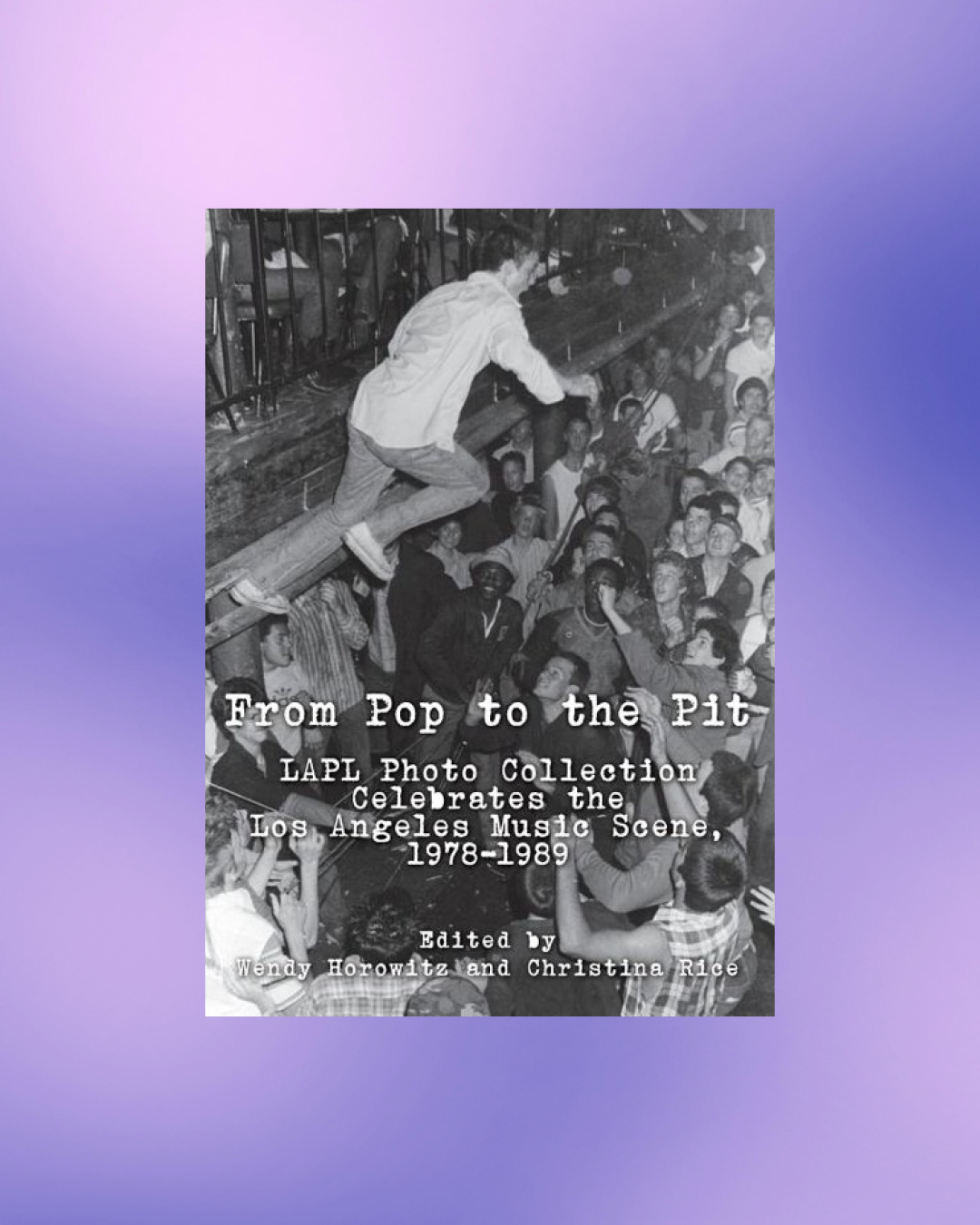
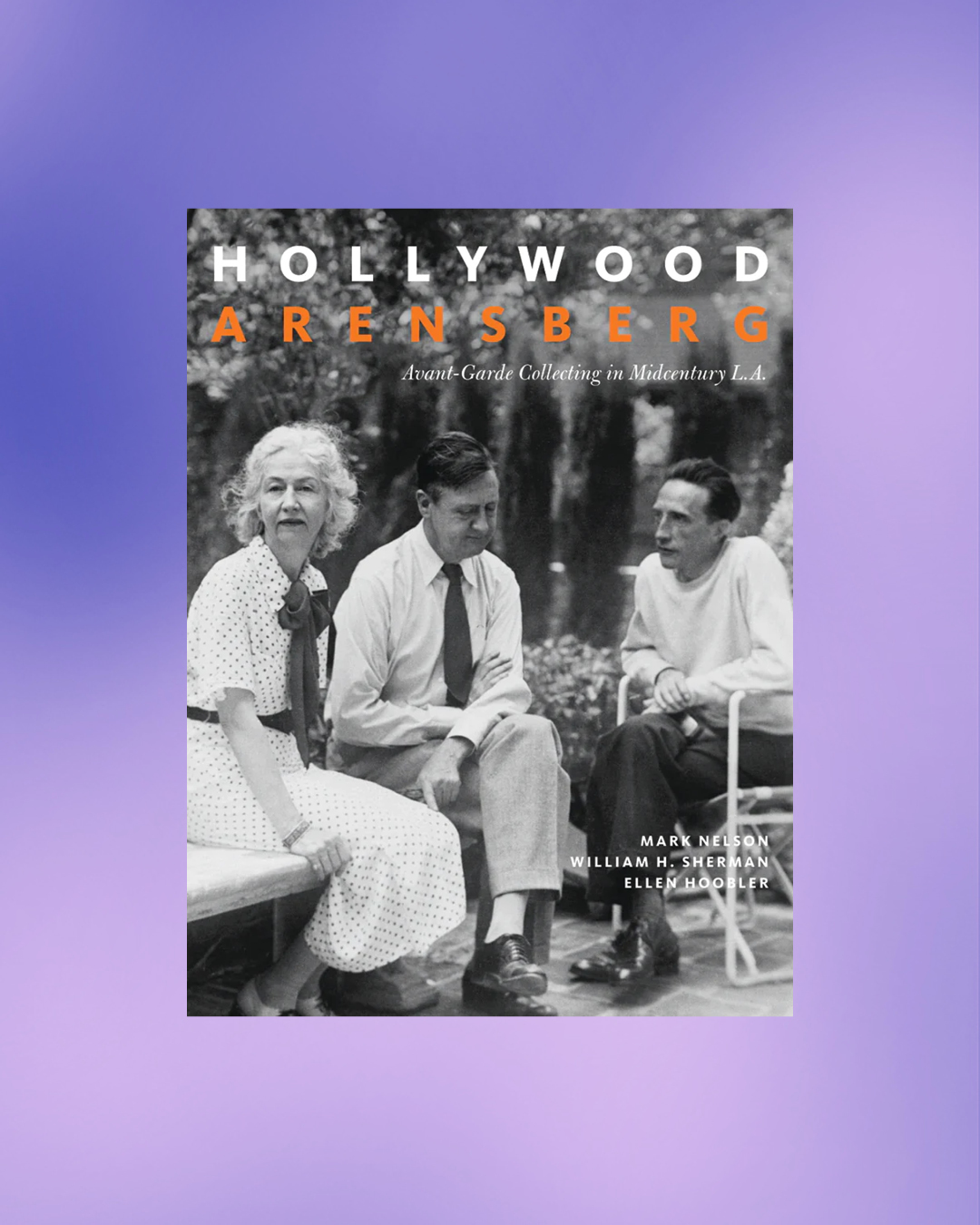
Los Angeles: The Development, Life and Structure of the City of Two Million in Southern California, Anton Wagner / 1935 and 2022 / Getty Research Institute
No book on the emergence of Los Angeles, today a metropolis of more than four million people, has been more influential or elusive than this volume by Anton Wagner. Originally published in German in 1935 as Los Angeles: Werden, Leben und Gestalt der Zweimillionenstadt in Südkalifornien, it is one of the earliest geographical investigations of a city understood as a series of layered landscapes. Wagner demonstrated that despite its geographical disadvantages, Los Angeles grew rapidly into a dominant urban region, bolstered by agriculture, real estate development, transportation infrastructure, tourism, the oil and automobile industries, and the film business. Although widely reviewed upon its initial publication, his book was largely forgotten until reintroduced by architectural historian Reyner Banham in his 1971 classic Los Angeles: The Architecture of Four Ecologies.
This definitive translation is annotated by Edward Dimendberg and preceded by his substantial introduction, which traces Wagner's biography and intellectual formation in 1930s Germany and contextualizes his work among that of other geographers. It is an essential work for students, scholars, and curious readers interested in urban geography and the rise of Los Angeles as a global metropolis.
Sun and Her Stars: Salka Viertel and Hitler's Exiles in the Golden Age of Hollywood, Donna Rifkind / 2019 / Other Press
Hollywood was created by its “others”; that is, by women, Jews, and immigrants. Salka Viertel was all three and so much more. She was the screenwriter for five of Greta Garbo's movies and also her most intimate friend. At one point during the Irving Thalberg years, Viertel was the highest-paid writer on the MGM lot. Meanwhile, at her house in Santa Monica she opened her door on Sunday afternoons to scores of European émigrés who had fled from Hitler—such as Thomas Mann, Bertolt Brecht, and Arnold Schoenberg—along with every kind of Hollywood star, from Charlie Chaplin to Shelley Winters. In Viertel's living room (the only one in town with comfortable armchairs, said one Hollywood insider), countless cinematic, theatrical, and musical partnerships were born.
Viertel combined a modern-before-her-time sensibility with the Old-World advantages of a classical European education and fluency in eight languages. She combined great worldliness with great warmth. She was a true bohemian with a complicated erotic life, and at the same time a universal mother figure. A vital presence in the golden age of Hollywood, Salka Viertel is long overdue for her own moment in the spotlight.
Surf and Rescue: George Freeth and the Birth of California Beach Culture, Patrick J. Moser / 2022 / University of Illinois Press
The mixed-race Hawaiian athlete George Freeth brought surfing to Venice, California, in 1907. Over the next twelve years, Freeth taught Southern Californians to surf and swim while creating a modern lifeguard service that transformed the beach into a destination for fun, leisure, and excitement. Patrick Moser places Freeth’s inspiring life story against the rise of the Southern California beach culture he helped shape and define. Freeth made headlines with his rescue of seven fishermen, an act of heroism that highlighted his innovative lifeguarding techniques. But he also founded California's first surf club and coached both male and female athletes, including Olympic swimming champion and “father of modern surfing” Duke Kahanamoku. Often in financial straits, Freeth persevered as a teacher and lifeguarding pioneer--building a legacy that endured long after his death during the 1919 influenza pandemic.
A compelling merger of biography and sports history, Surf and Rescue brings to light the forgotten figure whose novel way of seeing the beach sparked the imaginations of people around the world.
ALTERNATES:
At Home in the World: California Women and the Postwar Environmental Movement, Kathleen A. Cairns / 2021 / University of Nebraska Press
From the beginning of California’s statehood, adventurers, scientists, and writers reveled in its majestic landscape. Some were women, though few garnered attention or invitations to join the Sierra Club, the organization created in 1892 to preserve wilderness. Over the next sixty years the Sierra Club and other groups gained prestige and members—including an increasing number of women. But these organizations were not equipped to confront the massive growth of industry that overtook postwar California. This era needed a new approach, and it came from an unlikely source: white, middle-class housewives with no experience in politics. These women successfully battled smog, nuclear power plants, piles of garbage in the San Francisco Bay, and over-building in the Santa Monica Mountains.
In At Home in the World Cairns shows how women were at the center of a broader and more inclusive environmental movement that looked beyond wilderness to focus on people’s daily life. These women challenged the approach long promoted by establishment groups and laid the foundation for the modern environmental movement.
Creating the Future: Art and Los Angeles in the 1970s, Michael Fallon / 2014 / Counterpoint Press
Conceived as a challenge to long-standing conventional wisdom, Creating the Future is a work of social history/cultural criticism that examines the premise that the progress of art in Los Angeles ceased during the 1970s—after the decline of the Ferus Gallery, the scattering of its stable of artists (Robert Irwin, Ed Kienholz, Ed Moses, Ed Rusha, and others), and the economic struggles throughout the decade—and didn’t resume until sometime around 1984 when Mark Tansey, Alison Saar, Judy Fiskin, Carrie Mae Weems, David Salle, and Manuel Ocampo, among others became stars in an exploding art market. However, this is far from the reality of the LA art scene in the 1970s.
The passing of those fashionable 1960s-era icons, in fact, allowed the development of a chaotic array of outlandish and independent voices, marginalized communities, and energetic, sometimes bizarre visions that thrived during the stagnant 1970s. Fallon’s narrative describes and celebrates, through twelve thematically arranged chapters, the wide range of intriguing artists and the world—not just the objects—they created. He reveals the deeper, more culturally dynamic truth about a significant moment in American art history, presenting an alternative story of stubborn creativity in the face of widespread ignorance and misapprehension among the art cognoscenti, who dismissed the 1970s in Los Angeles as a time of dissipation and decline.
Coming into being right before their eyes was an ardent local feminist art movement, which had lasting influence on the direction of art across the nation; an emerging Chicano Art movement, spreading Chicano murals across Los Angeles and to other major cities; a new and more modern vision for the role and look of public art; a slow consolidation of local street sensibilities, car fetishism, gang and punk aesthetics into the earliest version of what would later become the “Lowbrow” art movement; the subversive co-opting, in full view of Pop Art, of the values, aesthetics, and imagery of Tinseltown by a number of young and innovative local artists who would go on to greater national renown; and a number of independent voices who, lacking the support structures of an art movement or artist cohort, pursued their brilliant artistic visions in near-isolation.
Despite the lack of attention, these artists would later reemerge as visionary signposts to many later trends in art. Their work would prove more interesting, more lastingly influential, and vastly more important than ever imagined or expected by those who saw it or even by those who created it in 1970’s Los Angeles. Creating the Future is a visionary work that seeks to recapture this important decade and its influence on today’s generation of artists.
Artists mentioned:
John Baldessari
Ed Ruscha
Chris Burden
Vija Celmins
Mike Kelley
James Turrell
Paul McCarthy
David Salle
Charles Garabedian
Terry Allen
Carole Caroompas
David Hammons
Senga Nengundi
Elliott Pinckney
Peace and Friendship: An Alternative History of the American West, Stephen Aron / 2022 / Oxford University Press
For over 35 years, the dominant histories of the American West have been narratives of horrific conflicts. Framed in terms of empire building, these histories use modern constructs of ethnic cleansing and genocide to reckon the costs of centuries of conquest and settler colonialism. This vocabulary, and the interpretation it supports, sharply contrasts with older accounts of the "winning of the West," which had exulted in the triumph of civilization over savagery, making America great -- and great again. As dark and as bloody as western grounds have often been however, there were also important episodes of concord, instances of barriers breached, accords reached, and of people overcoming their differences as opposed to being overcome by them. Aron traces the origins of these episodes and thoughtfully considers the factors that led to their ultimate undoing.
Featuring well-known figures such as Daniel Boone, William Clark, and Wyatt Earp, Peace and Friendship highlights locales where unexpectedly peaceful relations occurred, examining the particular circumstances that gave way to concord. These instances of peace may not have been long-lived, but what is critical is that the mainstream history of conflict and the alternative history of concord play out on the same historical plain (or plane). Take, for example, the shaky cohabitation that occurred in the Clatsop encampment, the terminal point of Lewis and Clark's westward expedition. The peace with the Clatsop tribe would not last, as the friendships and alliances struck up were forged in the interest of commercial advantage and survival, and eventually ended in theft. But examining the instance of cohabitation itself deepens our understanding of how the West came to be: through colonization, violence, misunderstanding, and, surprisingly, at times, peace.
Picturing Indians: Native Americans in Film, 1941–1960, Liza Black / 2020 / University of Nebraska Press
Standing at the intersection of Native history, labor, and representation, Picturing Indians presents a vivid portrait of the complicated experiences of Native actors on the sets of midcentury Hollywood Westerns. This behind-the-scenes look at costuming, makeup, contract negotiations, and union disparities uncovers an all-too-familiar narrative of racism and further complicates filmmakers’ choices to follow mainstream representations of “Indianness.”
Liza Black offers a rare and overlooked perspective on American cinema history by giving voice to creators of movie Indians—the stylists, public relations workers, and the actors themselves. In exploring the inherent racism in sensationalizing Native culture for profit, Black also chronicles the little-known attempts of studios to generate cultural authenticity and historical accuracy in their films. She discusses the studios’ need for actual Indians to participate in, legitimate, and populate such filmic narratives. But studios also told stories that made Indians sound less than Indian because of their skin color, clothing, and inability to do functions and tasks considered authentically Indian by non-Indians. In the ongoing territorial dispossession of Native America, Native people worked in film as an economic strategy toward survival.
Consulting new primary sources, Black has crafted an interdisciplinary experience showcasing what it meant to “play Indian” in post–World War II Hollywood.
Rebels in Paradise: The Los Angeles Art Scene and the 1960s, Hunter Drohojowska-Philp / 2011 / Henry Holt & Company
Los Angeles, 1960: There was no modern art museum and there were few galleries, which is exactly what a number of daring young artists liked about it, among them Ed Ruscha, David Hockney, Robert Irwin, Bruce Nauman, Judy Chicago, and John Baldessari. Freedom from an established way of seeing, making, and marketing art fueled their creativity, which in turn inspired the city. Today Los Angeles has four museums dedicated to contemporary art, around one hundred galleries, and thousands of artists. Here, at last, is the book that tells the saga of how the scene came into being, why a prevailing Los Angeles permissiveness, 1960s-style, spawned countless innovations, including Andy Warhol's first exhibition, Marcel Duchamp's first retrospective, Frank Gehry's mind-bending architecture, Rudi Gernreich's topless bathing suit, Dennis Hopper's Easy Rider, even the Beach Boys, the Byrds, the Doors, and other purveyors of a California style. In the 1960s, Los Angeles was the epicenter of cool.